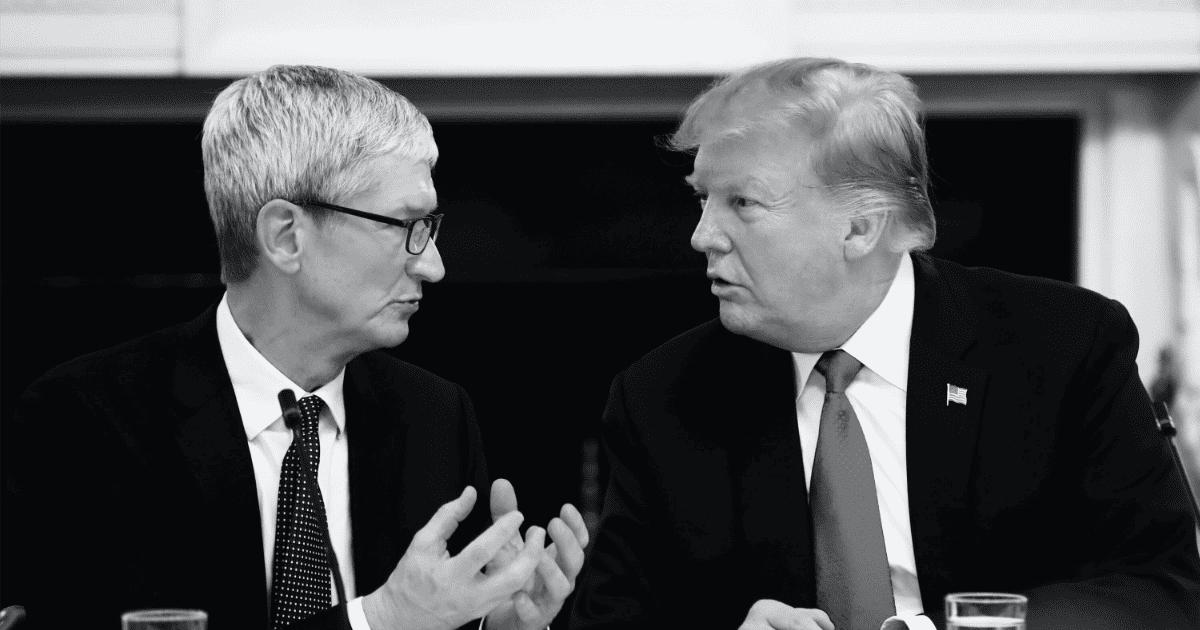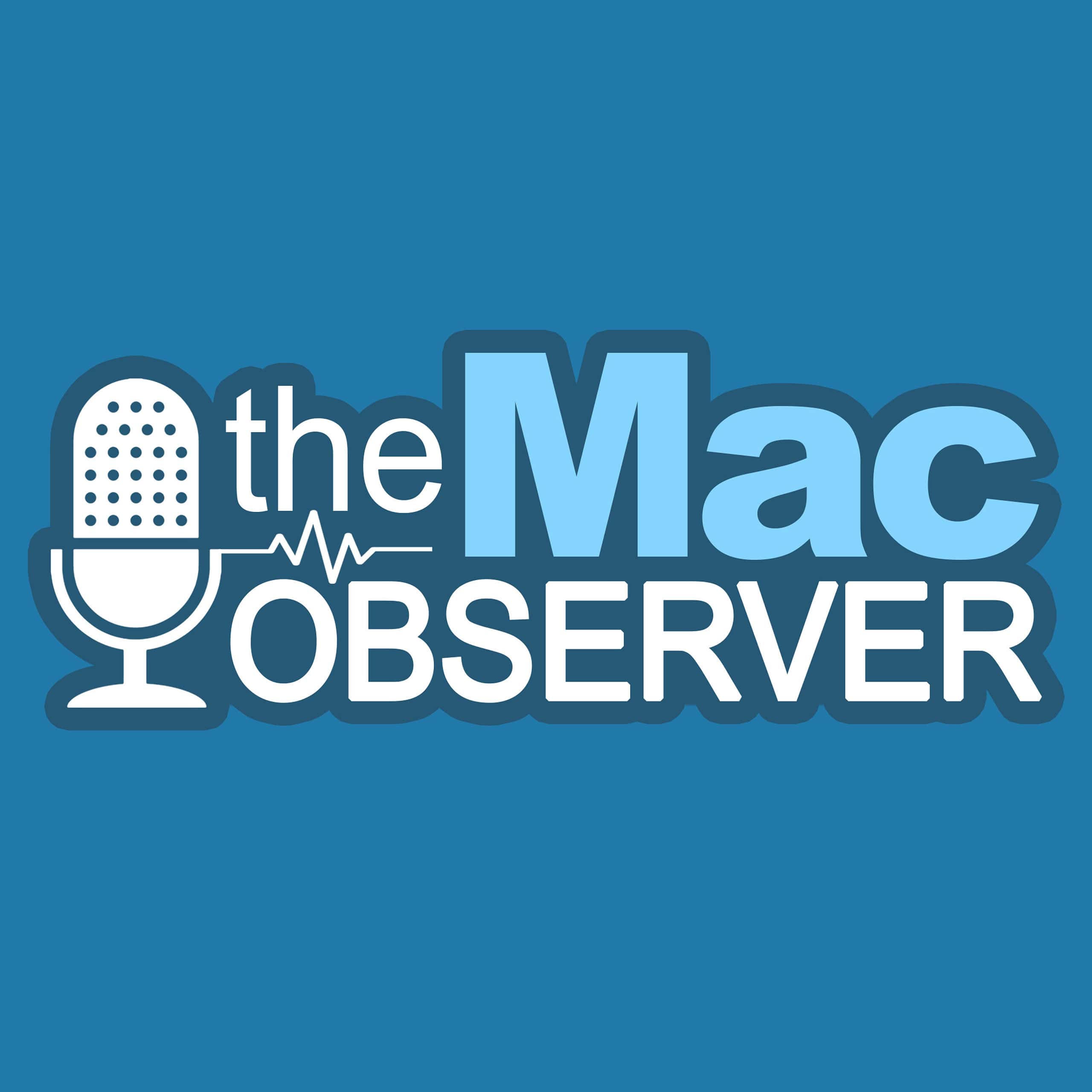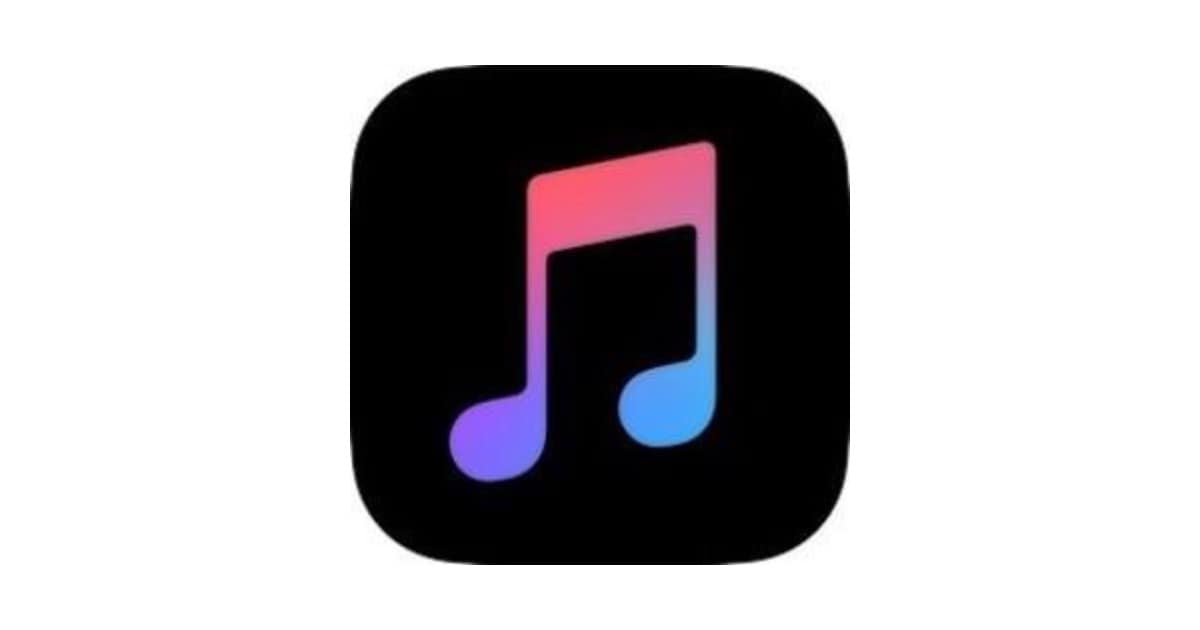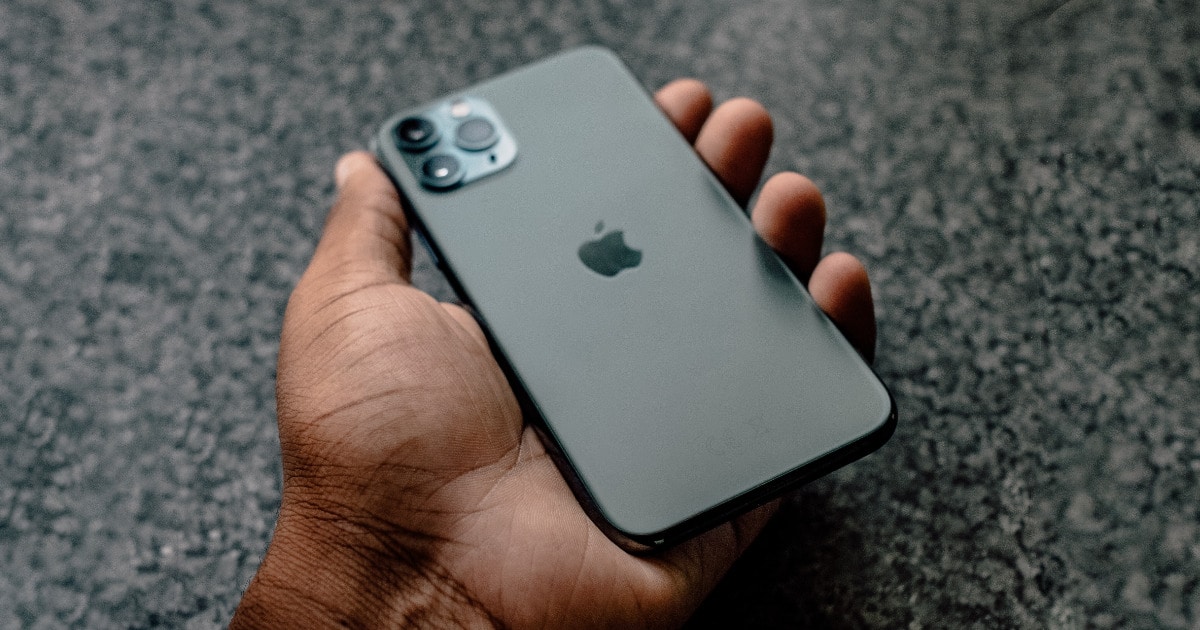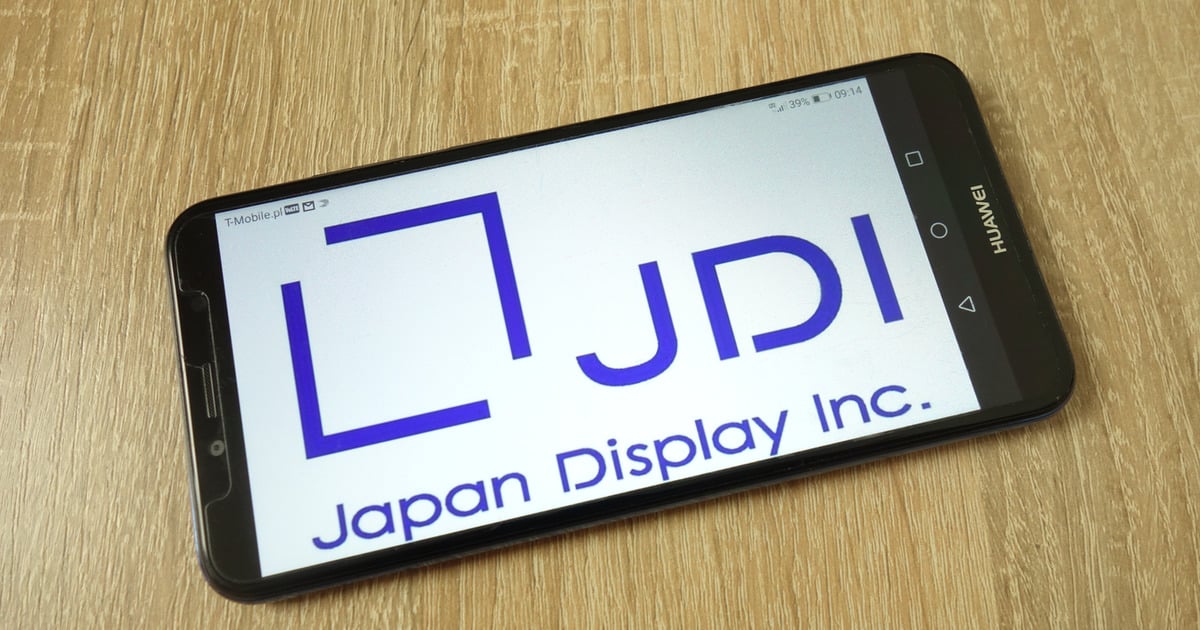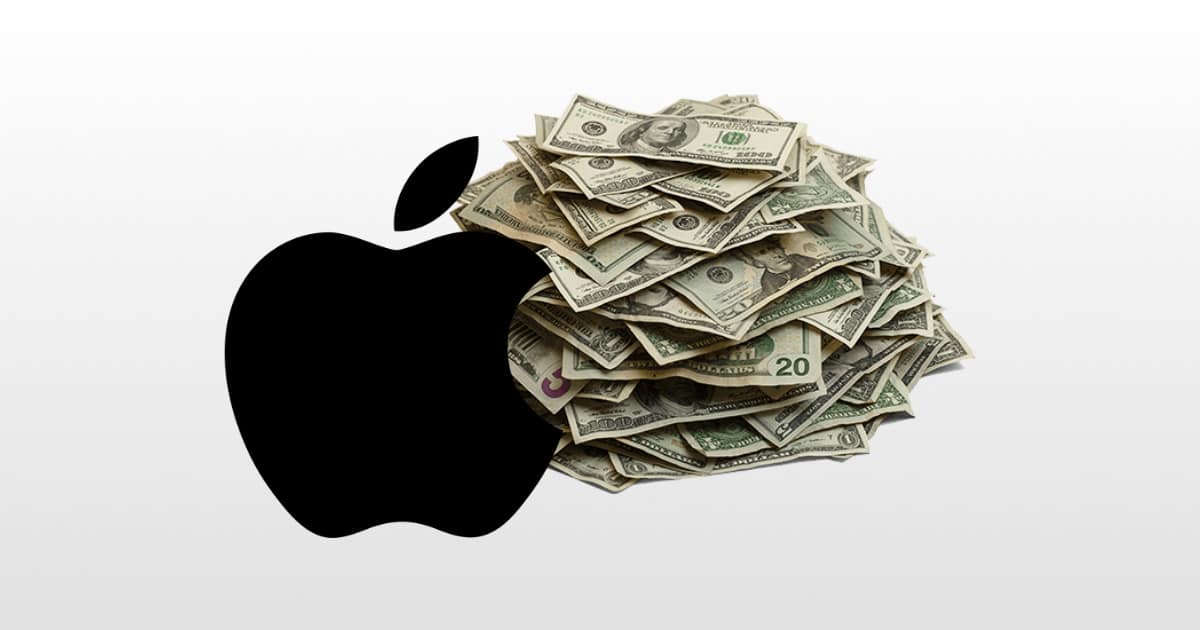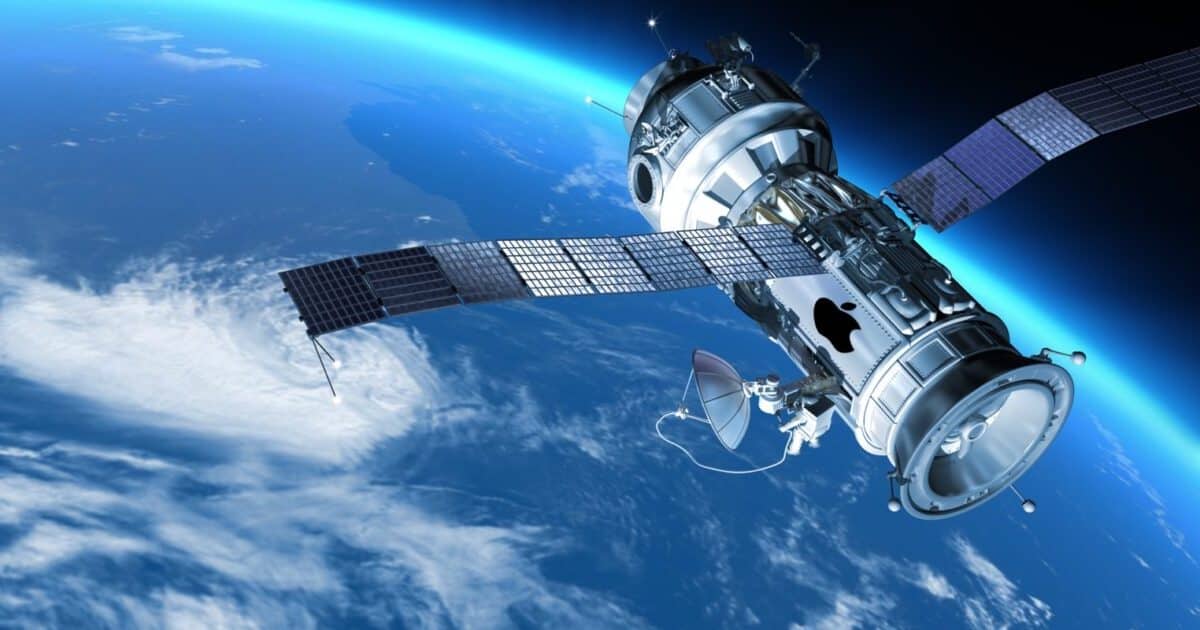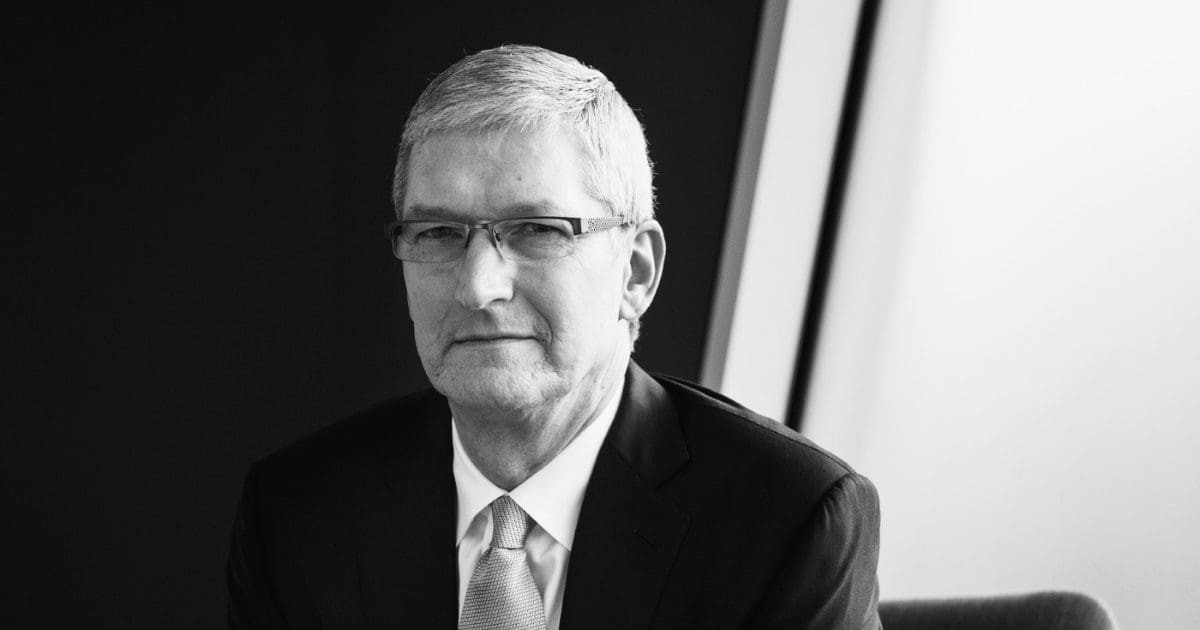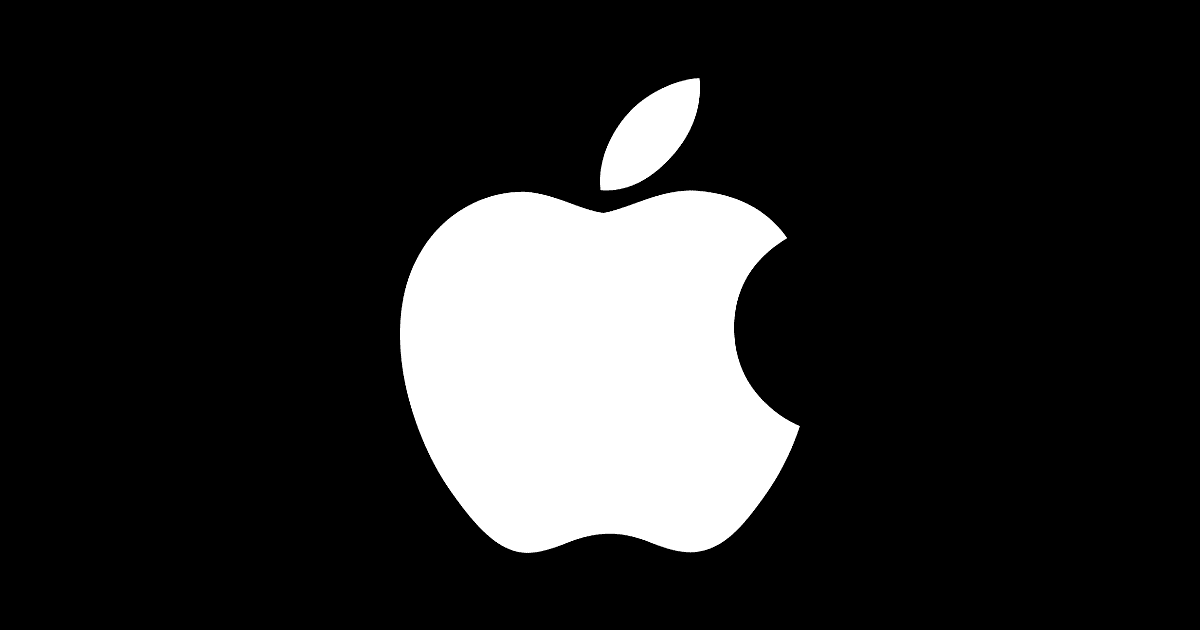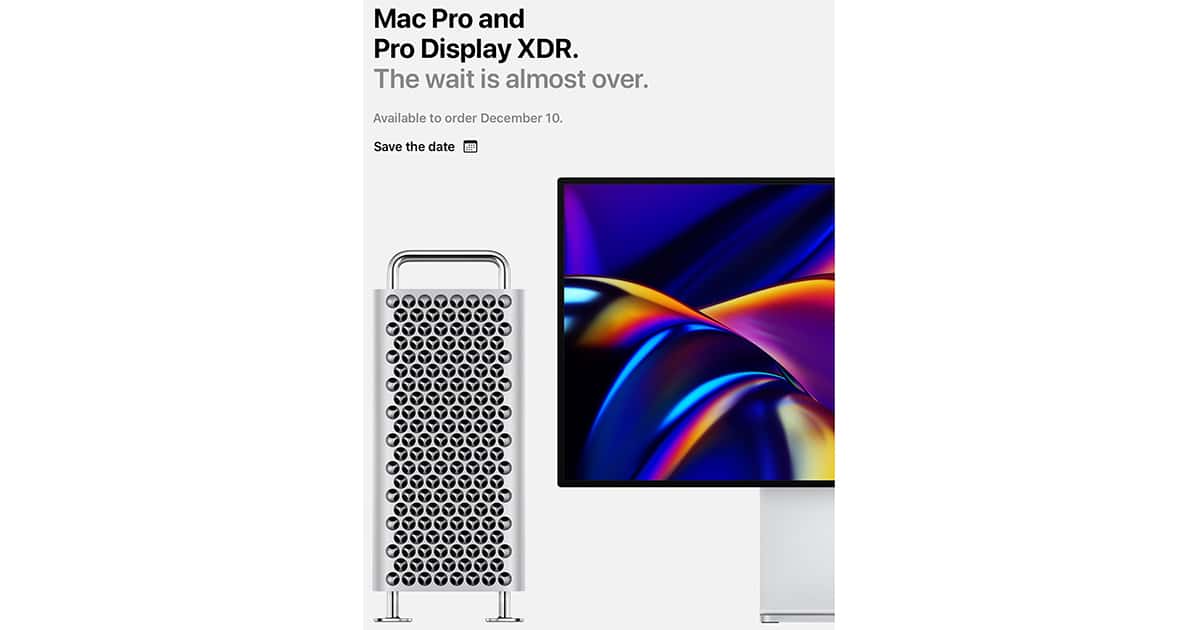President Trump said Apple should break its encryption and allow authorities access to devices as it has received his support over trade.
Apple
Reality Converter App, Online Scam Avoidance – TMO Daily Observations 2020-01-14
Bryan Chaffin and Andrew Orr join host Kelly Guimont to discuss Battery Case Replacements, the AR Converter app, and avoiding online scams.
Cable Haunt, iPod Timeline – TMO Daily Observations 2020-01-13
Charlotte Henry and Dave Hamilton join host Kelly Guimont to discuss the Cable Haunt malware, and the (rapid) iPod development timeline.
Apple At CES, New TV+ Shows – TMO Daily Observations 2020-01-09
John Martellaro and Charlotte Henry join host Kelly Guimont to discuss Apple’s (lack of) presence at CES, and the new wave of TV+ content.
Apple Files Trademark for Dark Mode Icons
Apple filed a trademark today that shows a Dark Mode version of the Apple Music icon. It’s possible they could appear in iOS 14.
Over 90% of Postpaid Phones Sold are Apple and Samsung
Over 90% of the postpaid phones sold at the Big Four carrier stores in the U.S. are either iPhones or Samsung phones.
Apple and Samsung together sold 94 percent of phones at Verizon stores, 95 percent at AT&T stores, 94 percent at Sprint stores, and 91 percent at T-Mobile stores, according to the report. The most popular phone at all four carriers in December was the iPhone 11, the firm says. The top-selling Samsung Phone was the Galaxy S10.
I’d say it’s probably because the price of most iPhones and Samsungs are high enough to where the stores can make money off them.
Corellium and Apple Escalate Legal Fight
The legal battle between Apple and mobile device virtualization creator Corellium escalated over the festive period.
Imagination and Apple Sign Updated Licensing Agreement
Apple signed an upgraded multi-year, multi-use license agreement with UK-based silicon and software IP creator Imagination Technologies.
A Decade of Apple Stories – TMO Daily Observations 2019-12-30
Charlotte Henry and John Martellaro join host Kelly Guimont to look back at the previous decade of Apple news and notable events.
Apps To Delete, Year Of Security – TMO Daily Observations 2019-12-27
Bryan Chaffin and Andrew Orr join host Kelly Guimont to discuss apps you should remove from your devices, and making 2020 more secure.
Japan Display Looking to Sell Smartphone Screen Plant to Apple And Sharp
Key Apple supplier Japan Display is in talks with Apple and Sharp to sell its main smartphone screen factory for up to $820 million.
Apple Might Become a $2 Trillion Firm
Apple could become a $2 trillion company thanks to it high level of profitability and the ongoing growth in services.
Secret Apple Team is Working on Developing Satellite Technology
There is a top-secret team at Apple developing satellite communications technology that may allow it to bypass wireless carriers.
Home Automation Standards, Ring "Security" Measures – TMO Daily Observations 2019-12-18
Bryan Chaffin and Andrew Orr join host Kelly Guimont to discuss Apple joining a standards group for smart home devices, and Ring’s security.
Walt Mossberg Looks Back on a Decade of Tim Cook
Apple journalist Walt Mossberg looks back at the past decade of Apple and how it fares under the leadership of Tim Cook.
Apple remains what it has been for many years: the single most important consumer tech hardware company, a major force not only in its industry but in society at large. And now, it is huge and rich to boot. But it’s still unclear if it can be anybody’s favorite music provider, TV network, or news service.
Or if it can launch another blockbuster device.
Mac Pro Teardown, iMac Pro's Future – TMO Daily Observations 2019-12-17
Andrew Orr and John Martellaro join host Kelly Guimont to discuss the new Mac Pro teardown from iFixit, and the future of the iMac Pro.
Apple News Partnership, A New Mac Model – TMO Daily Observations 2019-12-16
Charlotte Henry and John Martellaro join host Kelly Guimont to discuss Apple News partnering with ABC, and John’s proposal of a new Mac.
Apple to Face Shareholder Backlash Over Human Rights Policies
Apple shareholders are preparing to criticise the firm for removing a mapping app during the Hong Kong protests at next year’s AGM.
U.S - China Trade Deal Could Stop $150 iPhone Price Increase
A trade agreement between the U.S. and China is “an early Christmas present to Apple,” according to one analyst.
Encryption on iOS, Apple's Fan Allergy – TMO Daily Observations 2019-12-12
John Martellaro and Charlotte Henry join host Kelly Guimont to discuss an iOS security kerfuffle, and Apple’s known allergy to computer fans.
Apple Sends, Then Retracts, DMCA Takedown Notices Over iPhone Encryption Key Tweet
Apple issued a DMCA takedown notice to Twitter after someone posted an iPhone encryption key, but then retracted the request.
Apple Sues Ex-Employee Launching New Chip Venture
Apple is suing a former employee claiming he broke his employment agreement when he launched his own firm and hired former colleagues.
Mac Pro and Pro Display XDR Go on Preorder December 10th
Apple announced late on Saturday that its long awaited Mac Pro, as well as the Pro Display XDR, will go on preorder December 10th.
Apple Tech Transitions, Port-Free Prediction – TMO Daily Observations 2019-12-05
Andrew Orr and John Martellaro join host Kelly Guimont to discuss Apple’s technology evolution, and the latest in iPhone speculation.
